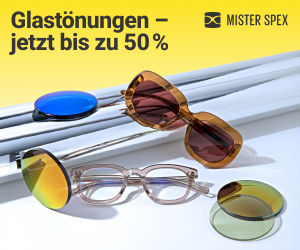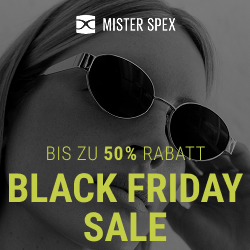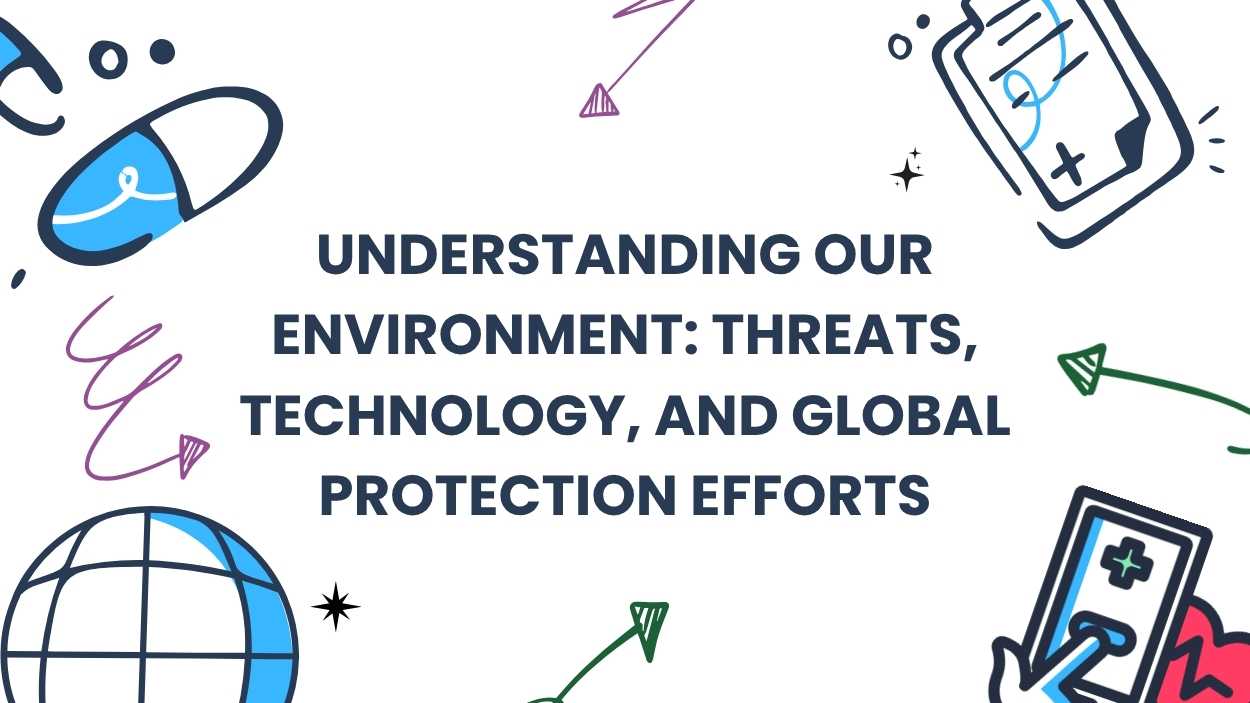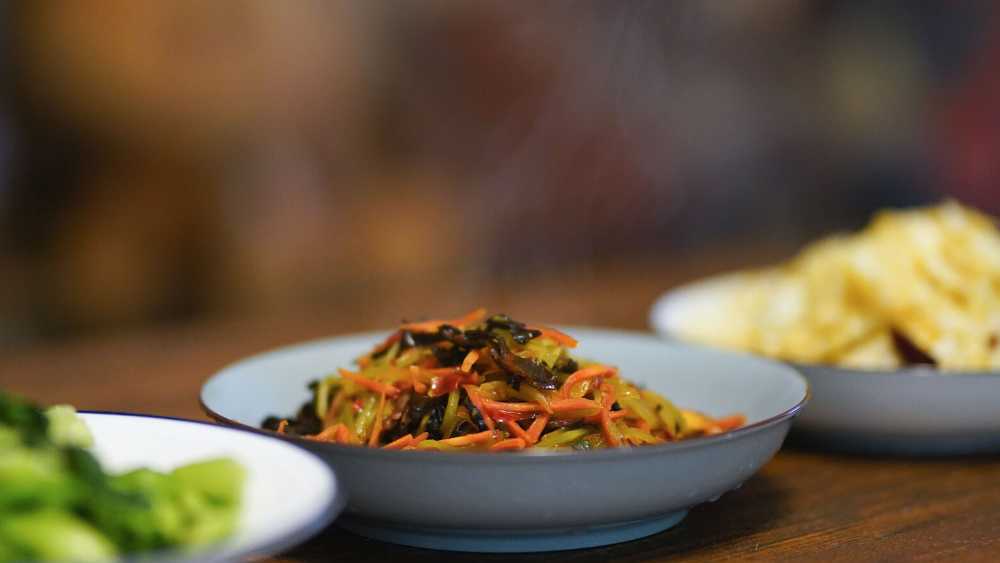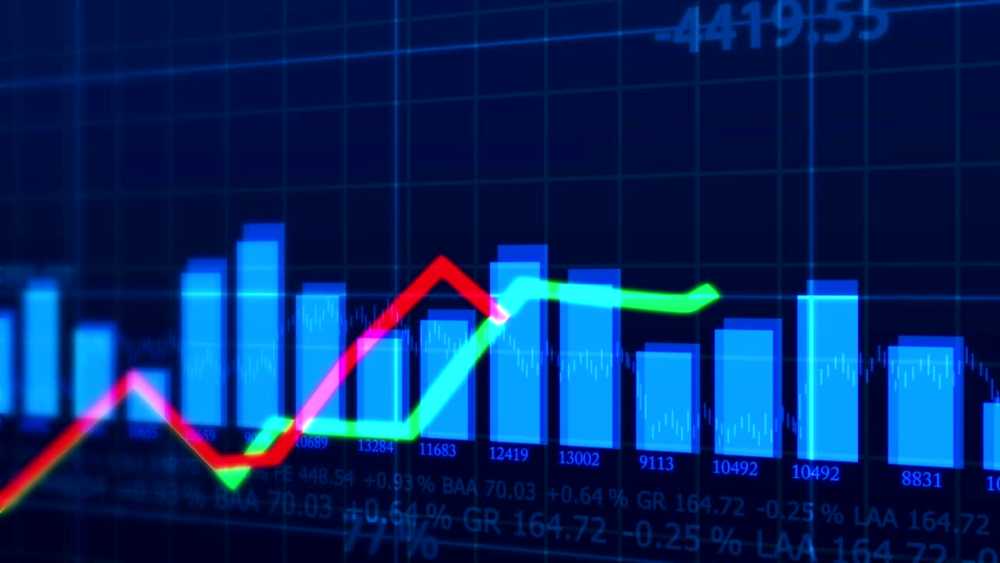The beauty industry is experiencing a seismic shift, where consumers are increasingly demanding products that are both effective and environmentally conscious. This convergence of luxury and sustainability marks a significant evolution, as brands recognize that true opulence lies not just in premium ingredients and exquisite packaging, but also in ethical sourcing, minimal waste, and a commitment to preserving the planet. This new paradigm necessitates a critical examination of product ingredients, packaging materials, and the brand’s overall environmental impact, encouraging conscious consumerism and pushing the beauty sector towards a more responsible future.
The Core of Eco-Conscious Beauty
Sustainable beauty hinges on a holistic approach, considering the entire lifecycle of a product. This includes selecting ingredients from ethical sources, often employing sustainable farming practices that minimize environmental impact and support local communities. Moreover, the packaging must be designed with recyclability or biodegradability in mind, reducing the reliance on virgin materials and minimizing landfill waste. Brands are also embracing transparency, providing detailed information about their sourcing, manufacturing processes, and environmental initiatives, enabling consumers to make informed choices that align with their values. This transparency fosters trust and helps drive positive change within the industry.
Luxury Brands Leading the Way
Many luxury beauty brands are responding to this demand, leveraging their influence and resources to pioneer sustainable practices. They’re investing in research and development to create innovative, eco-friendly packaging solutions, reducing water usage in production, and sourcing ingredients from suppliers committed to ethical and sustainable practices. These brands are demonstrating that high-performance products can coexist with environmental responsibility. Some, like Tata Harper, are even taking control of their supply chains by cultivating ingredients on their own farms, ensuring a transparent and sustainable process from seed to shelf. This commitment to sustainability is reshaping the definition of luxury itself.
Decoding the Sustainable Beauty Landscape
Navigating the sustainable beauty landscape can feel like a minefield. Consumers should look for certifications like Made Safe, B Corp status, or Leaping Bunny, as these indicate a brand’s commitment to ingredient safety, ethical labor practices, and cruelty-free testing. Also, consumers must read ingredient lists carefully, avoid products with potentially harmful chemicals, and actively seek brands that prioritize recycled or biodegradable packaging. By supporting brands that prioritize transparency and sustainability, consumers can contribute to a more beautiful and environmentally sound future for the beauty industry and the planet.
The Future is Green
The rise of sustainable luxury beauty represents a pivotal moment, signaling a fundamental shift in values within the industry and amongst consumers. As brands continue to innovate and prioritize environmental responsibility, it’s clear that the future of beauty will be defined by its commitment to both efficacy and ecological stewardship. The brands mentioned in this article are not only creating exceptional products but are also setting a standard for ethical business practices, proving that luxury and sustainability can go hand in hand, creating a more responsible and radiant future for all.



